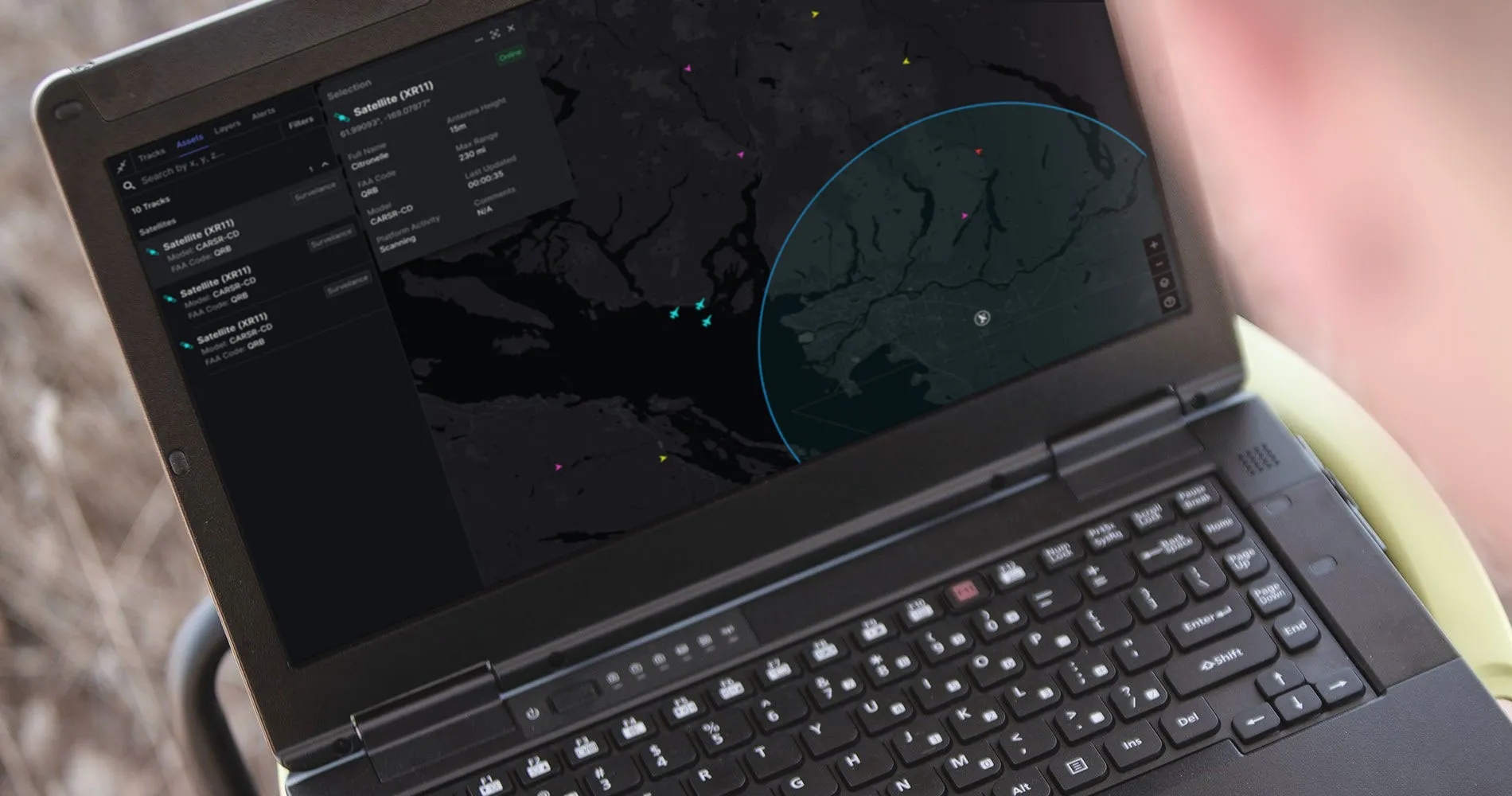Silicon Valley is swapping turtlenecks for armored vests. What was once an oasis of innovators and entrepreneurs championing utopian views of the future, has turned into a major player in high-tech weapons’ innovation and production. Taxpayer dollars and euros together and an ever-increasing amount of venture capital are being invested in Silicon Valley defense startups and R&D.
Eimhin McGann
28 October 2024
Arabic version
Investing in defense technologies was previously avoided by venture capitalists, but as wars proliferate around the world, the sector is now experiencing a steep increase in funding, while non-defense technology has seen a downturn. One of the most disturbing results of this increase in defense technology funding is the shift of America’s brightest minds from telecommunications to weaponry.
The United States has by far the largest defense budget in the world, spending USD 830 billion in 2023 alone. China had the second highest state military expenditure in 2023 totalling more than USD 296 billion.
Contained within this vast US spending is military aid given to foreign states including Ukraine and Israel. Since the Russian Federation invaded Ukraine in February 2022, the US has given over USD 174 billion to the Ukrainian government, mostly in the form of weapons, munitions and other military equipment. Similarly, the US has given Israel USD 17.9 billion in aid since the start of the war with Hamas, in response to its attacks on 7 October 2023.
This domestic and international demand for weaponry, fueled in part by US military spending, has created a gold rush that Silicon Valley startups seem eager to exploit.
For decades, the vast majority of US defense spending went to the ‘Primes’, an extremely powerful consortium of century-old arms manufacturers, including Lockheed Martin and Raytheon Technologies, which received in 2023, according to the Stockholm International Peace Research Institute (SIPRI), USD 65 billion and USD 67 billion respectively.
The latest SIPRI Military Expenditure report shows that worldwide military spending has increased for the ninth consecutive year, reaching a total of USD 2443 billion, a 6.8 % increase. This marks the steepest increase since 2009. SIPRI related the rise in global military spending in 2023 to the ongoing war in Ukraine and the escalating geopolitical tensions in the Middle East, Asia, and Oceania.
The ‘Primes’ are now facing new players from Silicon Valley who are shifting their business and organizational focus to the defense sector. This shift of strategy and funding is exemplified by Anduril Industries.
Anduril’s ALTIUS-600M drones are amongst the first ever battle-deployed weapons equipped with artificial intelligence, heralding an ominous new era of warfare that is rapidly moving from science fiction to science fact. Their products are in high demand by the US military. The drones can identify targets, flying 280 miles or 450 km for four hours, before striking the ground and exploding on impact. They are light enough to be shot out of a tube by foot-soldiers, making them easy to transport.
Drone technology, along with weapon-focused AI, are progressing faster than lawmakers and the international community can create legislation to regulate them. This is in large part due to the vast funding the US technology companies receive from venture capital and other investors. Furthermore, while the primary purchaser of these drones has been the US military, the hardware and AI produced by Anduril and many other US defense corporations is now present on battlefields in Ukraine, Gaza and elsewhere.
Anduril Industries is upsetting the power balance of the ‘Primes’, but they are not alone. The company is following a path which is becoming common in Silicon Valley. Ukraine and Israel’s military purchases are supported by billions in funding from the US and the EU, and the profits are drawing once war-shy tech firms from Silicon Valley. Alongside Anduril is Mach Industries, which has already received billions in funding from well-established Silicon Valley financiers such as Sequoia Capital, a company which once shunned the MIC-related tech industry.
The increased use of AI in weapons and ‘killer robots’ has been highly criticized internationally, and much of the funding, technology and the companies involved in this ominous industry originate in the USA.







